Apple's iPhones and iPads could provide a privacy screen which, through Augmented Reality, allows only certain devices or an Apple Vision Pro wearer to see information on their screens.
Apple repeatedly says that privacy is not some add-on extra, it's baked in from the start, and it appears to be demonstrating that with the latest of thousands of patents regarding Apple Vision Pro. The latest newly granted patent shows Apple exploring how to leverage Apple AR to effectively create ways to protect privacy more.
The new "Privacy Screen" patent proposes a way that limits what anyone but the device owner actually sees. It's specifically meant to get rid of the need for polarized screen covers that cut down the viewing angle.
"[Those] traditional privacy screens attenuate some of the light in the direction perpendicular to the display, which reduces the brightness perceived by the user," says the application. "To compensate, a user may remove the privacy screen when privacy is not a concern, in which case the user has to store, transport, and re-install the privacy screen."
The application complains that these screens sometimes cause the device to increase brightness to compensate, and then that reduces battery life. Above all else, a screen can make it awkward to see, markedly affects battery life, and still doesn't prevent everyone seeing it.
Apple's proposal does away with a screen being placed over an iPad or iPhone and instead leverages AR and Vision Pro. While there are different approaches described in the application, such as viewing on a iPad display, the chief one is a method of using information being presented on the Vision Pro.
If you're wearing Vision Pro and you look at your iPad screen, AR could make it appear to you as if there is a normal display on that device. For anyone around or even behind you, the iPad could look completely blank.
That doesn't sound immediately practical. It's clever that AR can map a display onto the iPad's screen when you're looking at it. But it would seem more sensible to just put that data on the Vision Pro screen and do without the iPad or iPhone altogether.
However, this proposed system would do more. As well as passively displaying information to read, the AR system would make it appear that controls were on the iPad screen. The iPad could then register the user tapping on those controls.
The result is that to anyone around you, it appears as if you are randomly tapping on a blank screen. But to you, it is exactly as if you are using a regular iPad or iPhone.
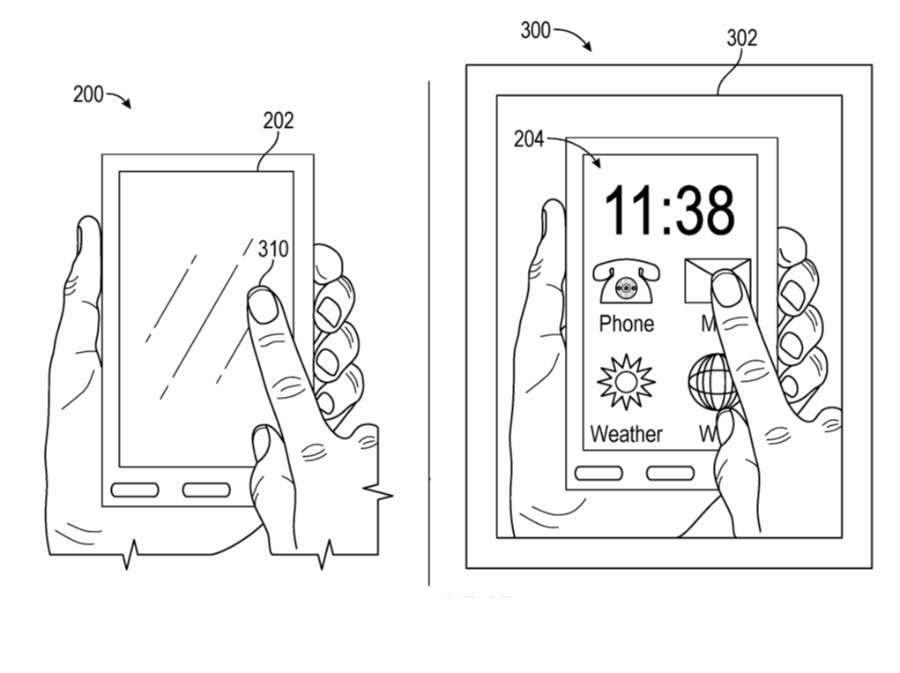 Detail from the patent showing (left) a "blank" screen and (right) what the Vision Pro wearer could see
Detail from the patent showing (left) a "blank" screen and (right) what the Vision Pro wearer could seeAs well as relying on the iPad, or similar screen, to register taps, the application discusses how a pair of devices can determine their relative position. In this case, the privacy aspect could be that when you lift your Apple Watch, it recognizes that you're not looking at your iPhone.
It could then route required information to the Watch's display instead, and at the same time blank the screen on the phone.
The patent application is credited to two inventors, Clement Pierre Nicolas Boissière and Timothy R. Oriol. The latter has multiple previous patents including related ones to do with Apple's AR plans.
 William Gallagher
William Gallagher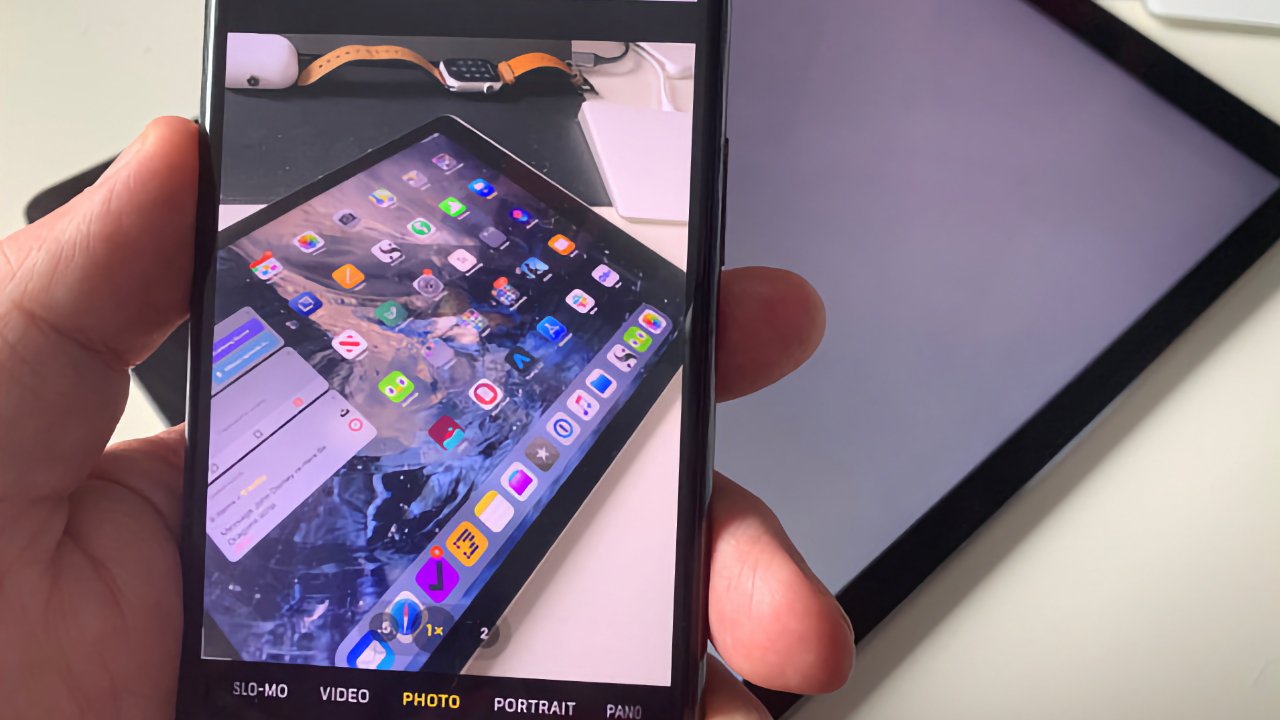
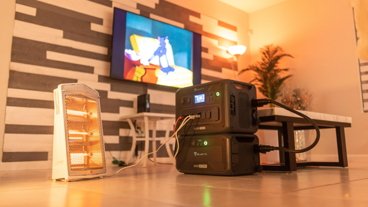
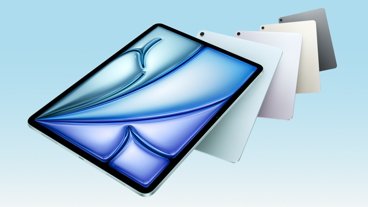
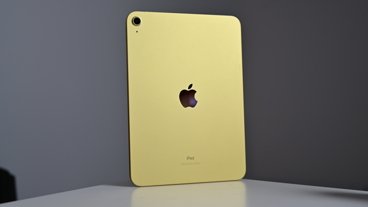

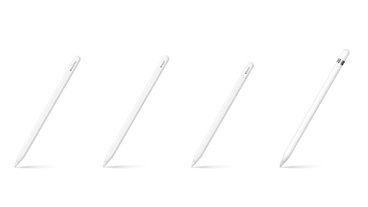
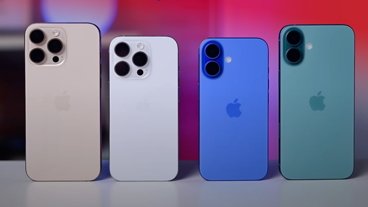

-m.jpg)





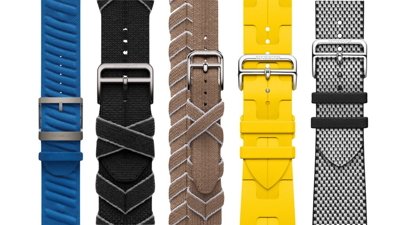
 Andrew Orr
Andrew Orr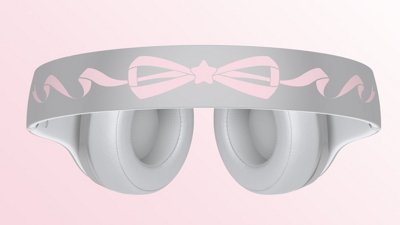
 Malcolm Owen
Malcolm Owen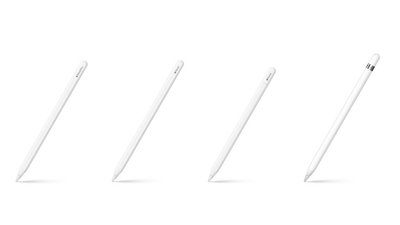
 Amber Neely
Amber Neely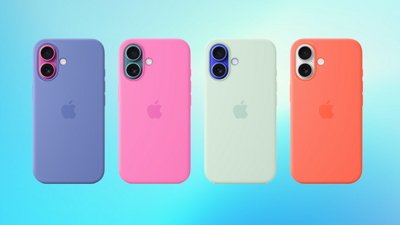
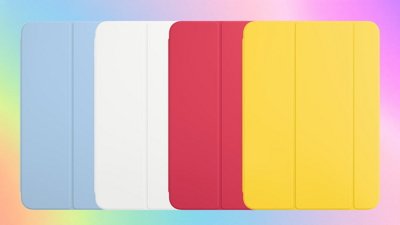

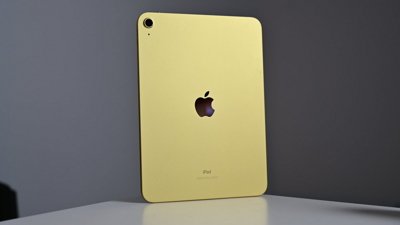
 Mike Wuerthele
Mike Wuerthele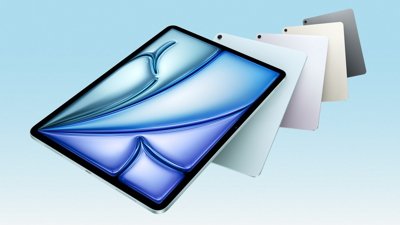
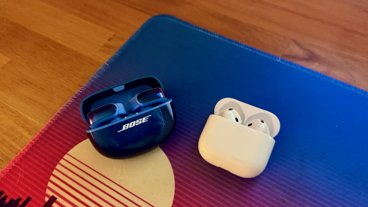


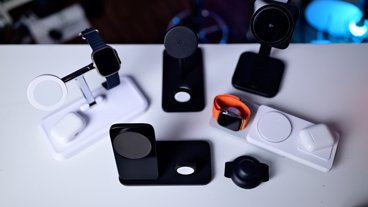
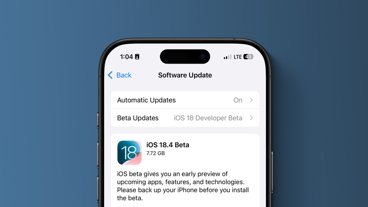

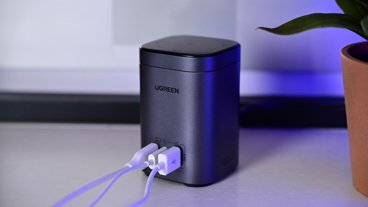

9 Comments
Hmm, I wonder if this sort of thing could be expanded to use outside of an iPhone or iPad display. For instance, to keep things private at an ATM machine or other places that require a PIN or entering a SS#.
If they could eventually pull that off with no lag and the same level of responsiveness on the touch screen, it would incredibly amazing.
THIS is Apple innovation!
If it runs on the latest A-Series chips (A14 at the earliest) then there's no reason it couldn't.
Could be that one day all screens will be virtual, but we might still need a tactile feedback touch surface. I could see showing offscreen apps floating next to the tablet or phone that you could drag on for interaction.